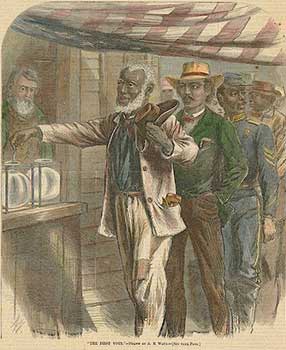Learn
Reconstruction Begins
End of the War
General Lee's Surrender at Appomattox Courthouse to General Grant on the morning of April 9, 1865 is commonly accepted as the end of the Civil War.
General Grant offered generous terms of surrender, allowing Lee's Confederate soldiers to keep their horses, side arms, and personal possessions and guaranteeing they would not be prosecuted for treason.
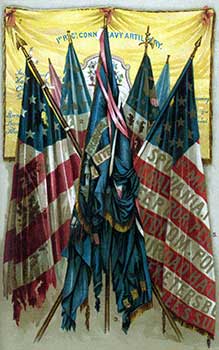
However, it would be several months before the war was proclaimed ended.
End of War
| 1865 | EVENT |
| April 9 | General Lee surrenders his Army of Northern Virginia to General Grant. |
| April 9 | CSA General Liddell surrenders at Ft Blakely, Alabama |
| April 15 | President Lincoln assassinated by John Wilkes Booth |
| April 26 | Virginia's "Mosby's Raiders" disband |
| May 4 | AL, MS, and East LA regiments surrender |
| May 8 | President Andrew Johnson declares armed resistance "virtually over" |
| May 10 | CSA President Jefferson Davis captured |
| June 23 | CSA Cherokee General Stand Watie surrenders last significant fighting force |
| Aug. 20 | Proclamation declaring the "War is Over" signed by President Johnson |
Lincoln's Reconstruction Plan
On December 8, 1863, long before the war was over, President Lincoln issued plans for Reconstruction, or rebuilding the South and uniting the country. He argued that the Confederate states had never left the Union and was eager to reintegrate the Southern states as quickly as possible. He wanted to bring southerners into the Republican party and try to end the animosity and bitterness brought on by the war.
Lincoln's plans would apply to the parts of the South already occupied by the Union Army. New Orleans was captured in 1862, so it was included in this early plan.
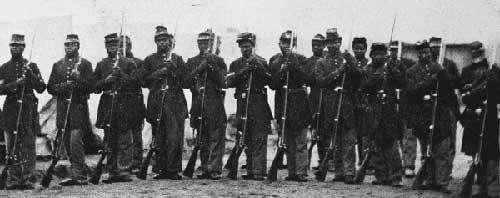
Lincoln's Reconstruction Plan
President Lincoln's Reconstruction Plan had two main points:
- Pardon, with few exemptions, to any Confederate who would swear to support the US Constitution and the Union.
- Once ten percent of the registered voters in an occupied state had sworn this oath and organized a government that abolished slavery, the President would grant that state executive recognition.
Republican Senator Benjamin "Bluff" Wade from Massachusetts did not like President Lincoln's plan – at all!
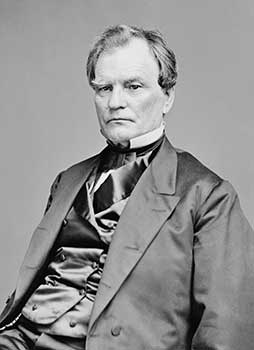
Wade-Davis Bill
Senator Bluff Wade and Maryland Congressman Henry Davis came up with their vision of Reconstruction in the Wade-Davis Bill.
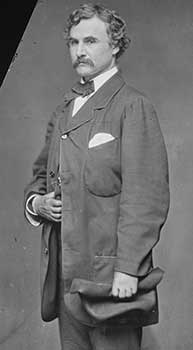
The Wade-Davis Bill made several demands of the Confederate States:
- Fifty percent of the male population to take loyalty oaths to the United States.
- Slavery must be abolished.
- States were required to give Black males the right to vote.
- Confederate officials were disqualified from every voting or holding office.
Congress passed the bill, but President Lincoln killed the bill with a pocket veto, which is an indirect veto of a bill received by the President within ten days of the adjournment of Congress, effected by retaining the bill unsigned until Congress adjourns.
Lincoln's Assassination
Lincoln never got the chance to see the country completely unified because John Wilkes Booth shot the President at Ford's Theatre on April 14, 1865. President Lincoln's assassination occurred only five days after Lee's surrender.
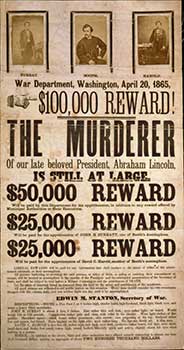
Even though no American president had ever been murdered by that point, Lincoln did fear and was aware of the possibility of assassination due to several previous attempts on his life.
Read John Wilkes Booth, Biography to learn more about this tragic event.
Andrew Johnson
After his death, Lincoln's Vice President Andrew Johnson was thrust into the job and left to deal with Reconstruction.
Lincoln had chosen the former Senator from Tennessee as running mate in 1864 hoping Johnson would appeal to southerners who had not left the Union.
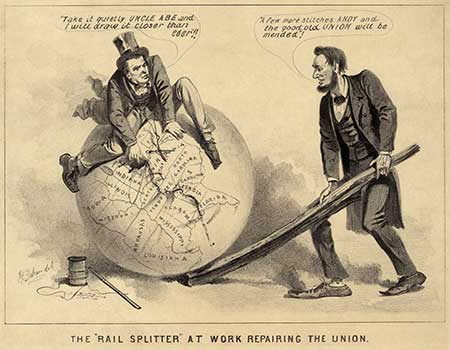
Johnson was the only senator from a seceding state who remained loyal to the Union.
He was elected by the small farmers and hated the aristocracy of the South.
Presidential Reconstruction
President Johnson's Reconstruction plan resembled Lincoln's plan, but his was more lenient to the South. He kept Lincoln's plan to require 10% of registered voters to swear an oath to the US Constitution.
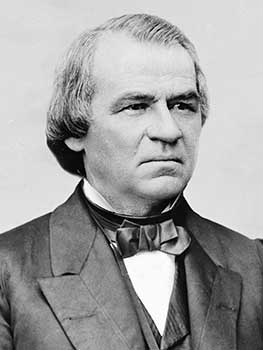
In addition, his plan gave amnesty and pardons to former Confederates and returned their property, though Confederate officials and large property owners had to pay for their pardons. Many former Confederate leaders were returned to their pre-war positions in the US government.
However, Johnson was no friend to the freed, formerly enslaved African Americans. During the war he had commented, "Damn the Negroes, I am fighting those traitorous aristocrats, their masters."
President Johnson believed in strong state governments and wanted a speedy Reconstruction period with little interference from Congress. Due to his policies, many of the plantation elite controlled Reconstruction in their state and Radical Republicans were outraged.
Johnson called for special state conventions to retract the secession decrees, draft new state constitutions, and ratify the Thirteenth Amendment, which abolished slavery. On December 6, 1865, after the southern states had met these conditions, Johnson declared the Union restored.
When Congress met in December 1865, however, the reconstituted Southern states sent as representatives to Congress, the ex-Vice President of the Confederacy, four CSA Confederate States of America Generals, five CSA Colonels, and several former rebels. Congress denied seats to representatives and senators from former Confederate states, despite Johnson declaring a restored union.
Congressional Reconstruction
Congress and President Johnson continued to vehemently disagree on reconstruction policies.
Congress proposed the Fourteenth Amendment, which guaranteed formerly enslaved people equal protections under the law. President Johnson recommended the states reject it, and ten of the ex-Confederate states did.
Johnson went on a speaking tour during the 1866 Congressional elections to rally support for his Reconstruction policies. He often exchanged nasty insults with the crowd.
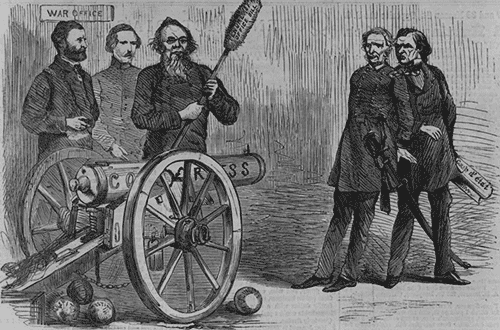
Johnson's speaking tour was a total failure. Republicans won a two-thirds majority in both the House and Senate. Consequently, they could override any presidential veto. This made Johnson virtually powerless.
Congress passed the First Reconstruction Act on March 2, 1867.
Read The First Reconstruction Act is Passed to learn about the Military Reconstruction Act.
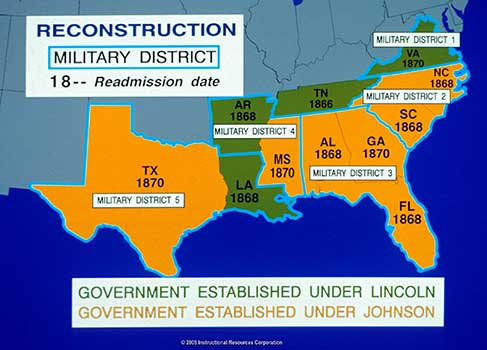
The First Reconstruction Act, known as the Military Reconstruction Act, was passed into law over the veto of President Andrew. It was also called the Congressional Reconstruction Act, and it stayed in effect for ten years.
This act applied to all the ex-Confederate states in the South, except Tennessee. It split the states into five military districts.
The First Reconstruction Act also demanded the need for new state delegates, constitutions, and the ratification of the Fourteenth Amendment.
The most radical aspect of the Act was the enfranchisement of all citizens, except ex-Confederates, which provided for the coming of black suffrage. To enfranchise means to endow with the rights of citizenship, especially the right to vote, or to free from bondage. To the South it appeared as if Congress were attempting to establish a military monarchy.
